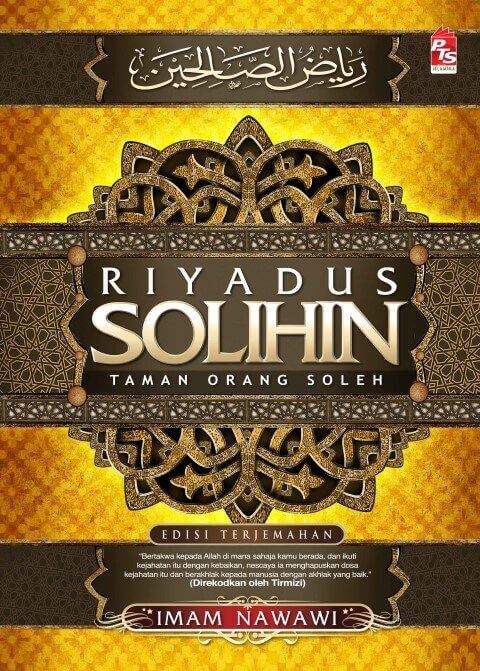
WATER is the most important element in our day-to-day life. The quality of our life depends on it. Unfortunately what we get on our tap is less than perfect. As the world population booms and more people are dumping wastes into water channels, some of it inevitably ends up in our water supply.
Is our daily consumed water safe to drink? What is in tap water?
Is our daily consumed water safe to drink? What is in tap water?
Research shows 97% of our tap water comes from rivers, which are connected to drainage and sewage systems, therefore it is no surprise thousands of chemicals are found in water.
So what are the long term effects of consuming these polluted water? The list of illness may include cancers, blood contamination, and unhealthy cells, which slowly breaks down our vital organs, besides clogged heart and arteries.
Consider this. Scientist have found pesticides in water causing abnormalities to animals.
For example, a class of pollutants known as endocrine disruptors affects animals' natural hormones, causing male fishes to develop eggs in their sex organs, and male leopard frogs to develop eggs and ovaries.
Beluga Whales in Canada are reported to have a higher rate of cancer than usual, due to toxic chemicals discharged from rivers.

















